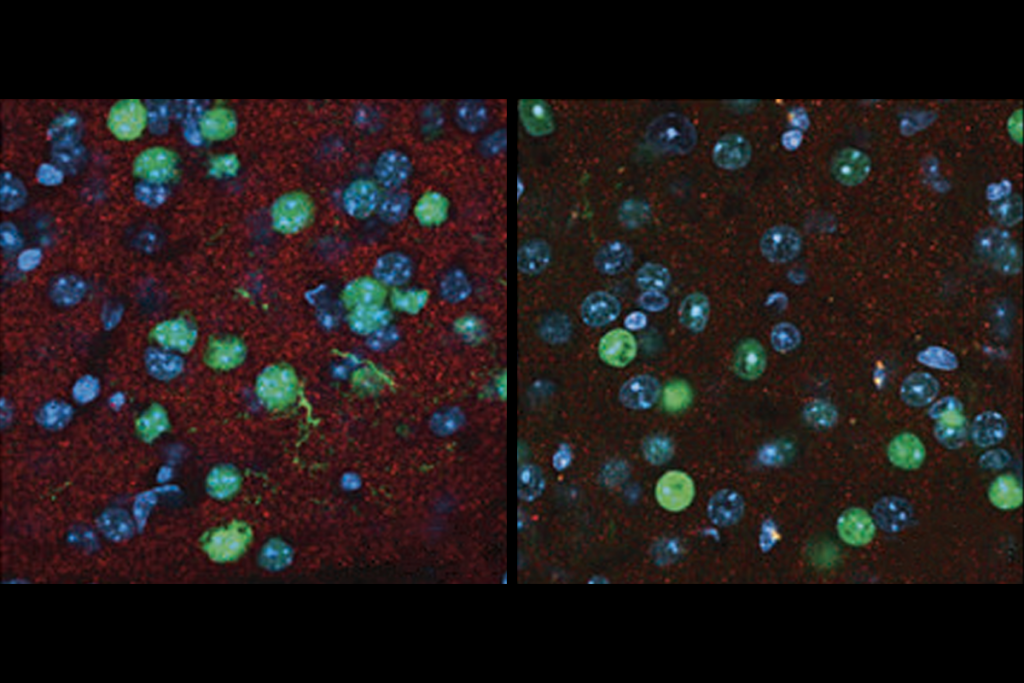
Geographic analysis reveals disparities in autism detection
School and medical records for children with autism in largely Hispanic neighborhoods often do not reflect the children’s condition.
School and medical records for children with autism in largely Hispanic neighborhoods often do not reflect the children’s condition. The same is true in places where few residents have college degrees1. The findings point to demographic groups that are liable to remain undiagnosed and go without appropriate services.
“There are inequities in systems that identify and care for children with autism and other developmental disabilities,” says Martha Slay Wingate, associate professor of healthcare organization and policy at the University of Alabama in Birmingham. The findings appeared 14 September in Autism.
Minorities are known to be less likely to receive an autism diagnosis, or are diagnosed later, than white children are2.
“There’s a lot of data that say if you’re white you’re more likely to have a diagnosis of autism than if you’re black or Hispanic,” says Michael Morrier, director of screening and assessment at the Emory Autism Center in Atlanta, who was not involved in the new research. “But why? No one has really been able to pinpoint that.”
Unpublished results reported at a conference earlier this year show that children from low-income families are 81 percent less likely be diagnosed with autism than those from high-income homes. Many of those households include black and Hispanic children.
Record gaps:
The new study is based on data from the Autism and Developmental Disabilities Monitoring Network, a program of the U.S Centers for Disease Control and Prevention. Every two years, researchers in the network collect school and medical records for children living in various regions in the U.S. Trained clinicians review the records for signs of autism and determine whether each child meets the criteria for the condition.
The research team analyzed data from about 2,500 census tracts in Arizona, Maryland, New Jersey, South Carolina and Utah between 2000 and 2008. They zeroed in on 8-year-olds flagged for autism in each tract. They looked for links between demographic characteristics of the tract and whether a child’s autism features appeared in school and medical records.
The analysis revealed that in neighborhoods where white children make up the highest proportion of the autism cases, the children’s condition tends to be reflected in both types of records. The same is true for areas in which the mothers of children with autism typically have college degrees.
For every 10 percent rise in the proportion of children with autism who are white or have mothers with at least a bachelor’s degree, there was a 6 percent increase in the odds that the children who lived in that area had both school and medical records that reflected their condition.
The researchers also used data from the 2000 U.S. Census to analyze the overall demographics of each tract. They found that the more Hispanic residents and the fewer residents with a college degree in an area, the less likely children with autism were to have both types of diagnostic records. This finding held up even after the researchers controlled for a number of potentially confounding factors, such as income.
Unequal access:
The reason for these disparities is unclear. Children who live in largely Hispanic neighborhoods may have limited access to medical and school services. It may also be more difficult for parents who do not have college degrees to navigate the medical system.
“To get an autism diagnosis, you typically have to go to the doctor multiple times,” says Aisha Dickerson, who did the work as a graduate student in Mohammad Rahbar’s lab at the University of Texas Health Science Center at Houston. A parent who works an hourly job may not be able to take off work for all the necessary appointments, she says.
Another possibility is that parents from certain backgrounds are less likely to push for diagnostic evaluations and special services in the first place.
“To me, that speaks to this notion of agency and willingness to push and challenge the healthcare system, which I think is more challenging for a minority ethnic group,” says Jennifer Pinto-Martin, professor of biostatistics and epidemiology at the University of Pennsylvania, who was not involved in the study.
A study published in September revealed that children with autism from families that speak English as a second language receive school-based autism services later than do children from English-speaking families. Once diagnosed, they receive fewer hours of these services each week. Children in Hispanic families are more likely than those from other ethnic or racial groups to receive no services at all3.
References:
Recommended reading
Home makeover helps rats better express themselves: Q&A with Raven Hickson and Peter Kind

Genetic profiles separate early, late autism diagnoses

SHANK3 deficiency and behavior in mice; and more
Explore more from The Transmitter
